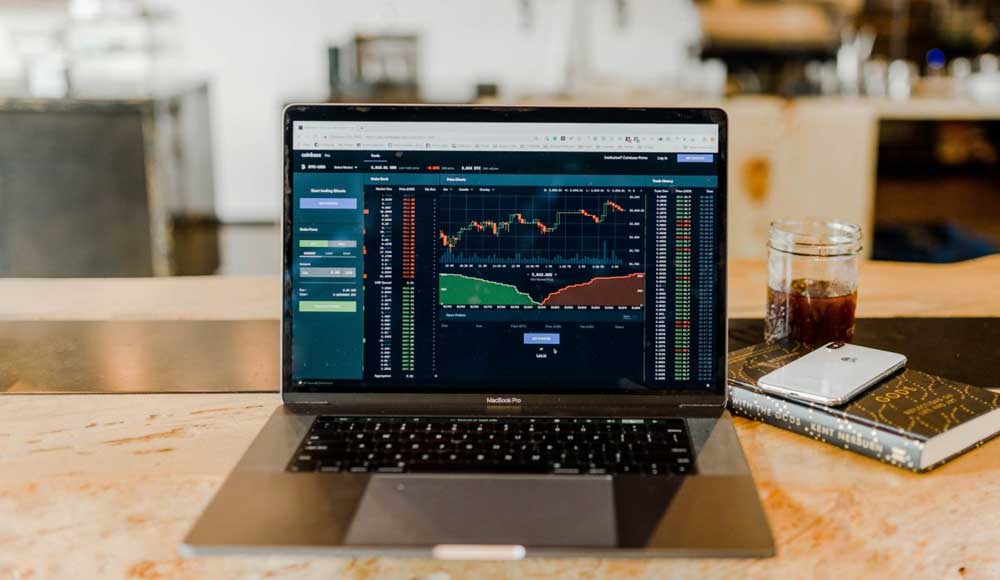
It’s crucial to the production of coffee – and it’s currently having a devastating impact, as Stuart Ritson explains
In the most basic terms, the C Price is – as you might have guessed – the Coffee Price. However, it’s far more complex than the cost of your morning cup. The true meaning of the C Price has implications for millions of coffee producers around the world.
Let’s get all the facts in order first. The C Price is the value of coffee as a commodity. Specifically the tastier, less hardy arabica variety coffee and not the more caffeinated robusta. The coffee market trades at New York’s Intercontinental Exchange and the price is set in US dollars. The price traded represents the value of one pound (1lb) of arabica coffee. So if the C Price is $1, that means $1 USD buys 453.6g of green unroasted coffee prepared for export.
Every step of preparing the coffee – milling, bagging, export documents – is included in the C Price. And actually, you can’t buy 453.6g of green coffee for $1 because the smallest quantity you can trade as a commodity is one full container, which is 37,500lb (17,010kg). Even more confusingly, an actual container load of coffee weighs around 42,000lb (19,051kg). As with any stock or commodity, the price is driven by supply and demand. When there is a good harvest and supply goes up, prices go down; when demand outstrips supply, prices go up. The C Price has nothing to do with quality or cost of production.
Before 1989, coffee prices were largely kept stable through quotas enforced by the International Coffee Agreement (ICA). However, with the advance of free markets and globalisation, these quotas were removed and ever since the price of your daily cup has been pegged to the stock market and the supply from the world’s two largest coffee producers: Brazil and Vietnam.
Rock bottom
These two countries are huge players in the coffee market, accounting for almost half of all global production. Over the past year, Brazil, in particular, has seen great harvests; and with large supply comes a reduction in price. The market works, right? But unfortunately, in that time – longer, in fact – the C Price has consistently been lower than the cost of production for many farmers. When you take inflation into account, in May 2019 the C Price was the lowest it has been in almost 16 years at just $0.89.
Few coffee producers can make a profit when the market is this weak. The cost of production is between $1.20 and $2.50 per lb in many places – substantially above the C Price. James Harper, who hosts the Filter Stories podcast, shared this quoted from Santos, an El Salvadorian farm worker: “I’m there all year long, in the wet, doing hard work. Imagine that you spend a hundred dollars [to produce a batch of coffee] and you sell it for $80.”
“If you want to do something to help the situation, buy speciality coffee from a roaster you trust.”
The effect of low prices is serious. For many farmers, especially in Latin America, coffee is their only source of income. Arnulfo Perez Diaz, a Mexican producer, sums up their situation: “We depend on coffee. It buys all we have to eat – corn, beans, sugar, all of it. When coffee prices go down, we don’t have enough to buy these things, the basics to eat.” Farmers may be forced to abandon their farms and look elsewhere for work. The Central American migrant caravan of people fleeing north to the US and beyond, which hit the headlines in late 2018 but is an ongoing issue, is in part caused by the current coffee price crisis.
Buy right
Speciality coffee isn’t bought and sold this way. High-quality coffee commands a higher price. Your local roaster or speciality café is undoubtedly buying considerably more expensive coffees. And if you buy a special microlot – with the farmer’s name on the bag – the chances are this coffee was bought for a price three to ten times higher than that of the commodity market.
The point to take away from this is that if you are buying non-speciality coffee, you are almost certainly helping to perpetuate a dangerously unfair market. If you want to do something to help the situation, buy speciality coffee from a roaster you trust. You can also support one of the great charities working in the coffee sector to provide business assistance, advice in agronomy and other kinds of support.
The C Price is causing problems that seem monumental, but don’t assume you are powerless. Just as a small drop in the C Price can cause adversity in producing countries, a small change in how you buy coffee could make a huge difference to coffee growers everywhere.
Stuart Ritson is director of European sales at Café Imports
Get your Caffeine magazine fix delivered direct
This feature appeared in issue one of Caffeine magazine.
Published every two months we aim to entertain and inform the passionate coffee lovers of Australia.
Make sure you get a regular copy and keep up to speed with all the latest products, techniques and opinions that matter.

SOCIAL MEDIA
Keep up to date with Caffeine magazine Australia. Follow us on Facebook and Instagram. @caffeinemagaus
